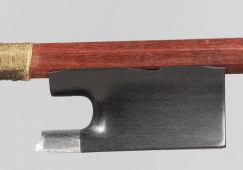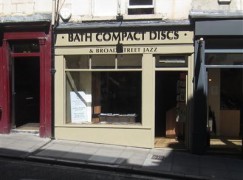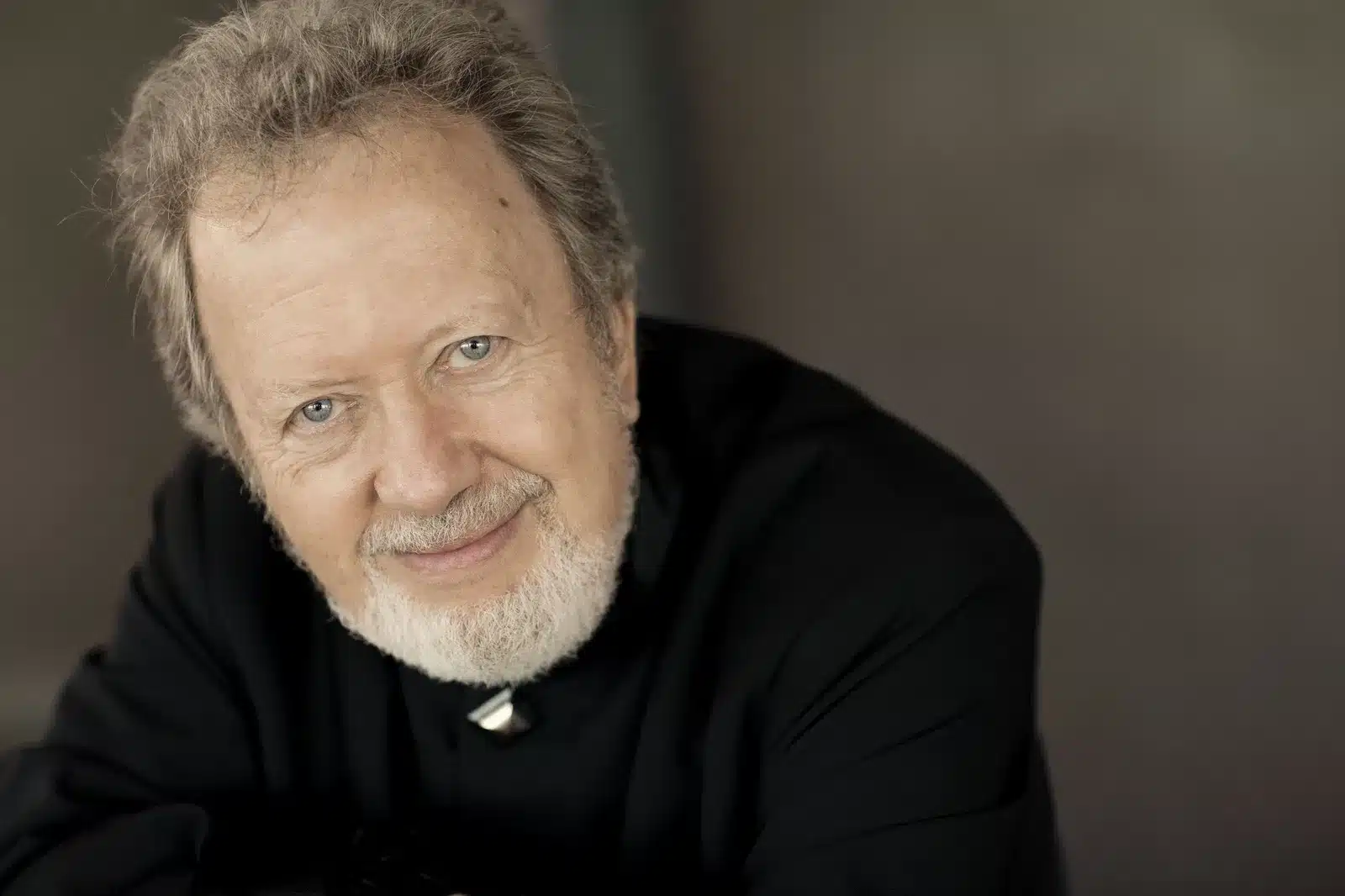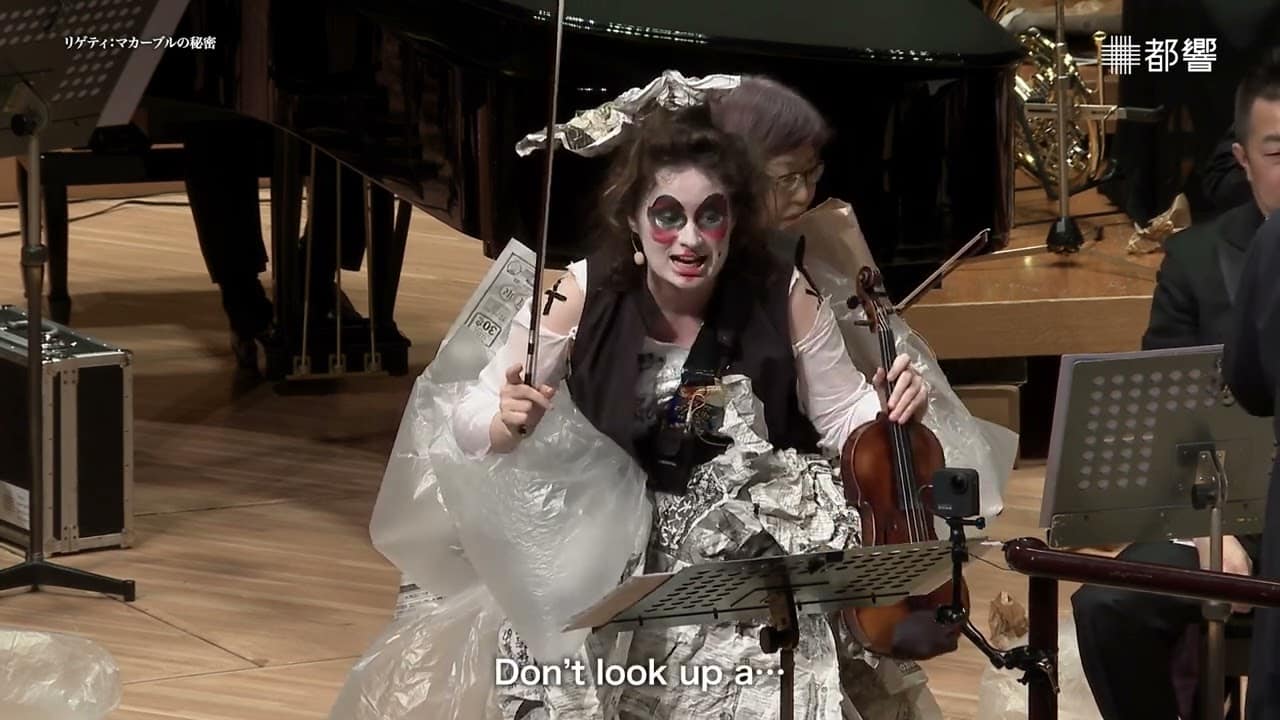Breaking: Some fool just paid $700,000 for a violin bow
mainA French auctioneer is crowing that last night he sold a François Xavier Tourte bow for 576,600 Euros, which is $686,973.88.
Add coffee, croissants and a pack of Gauloises and you get $700k.
This is a world record.
It is also madness.

The auctioneer was Millant.





Comments